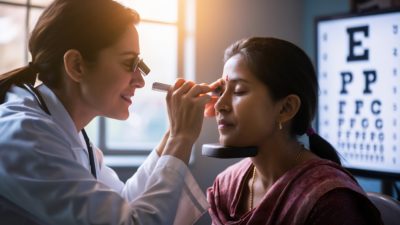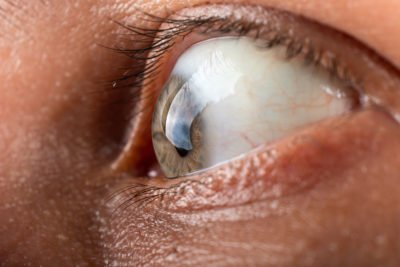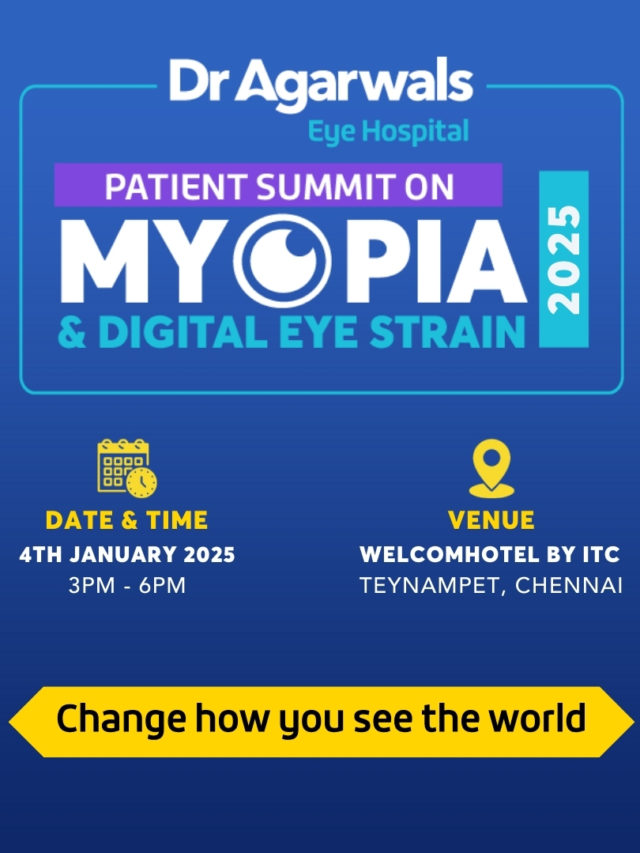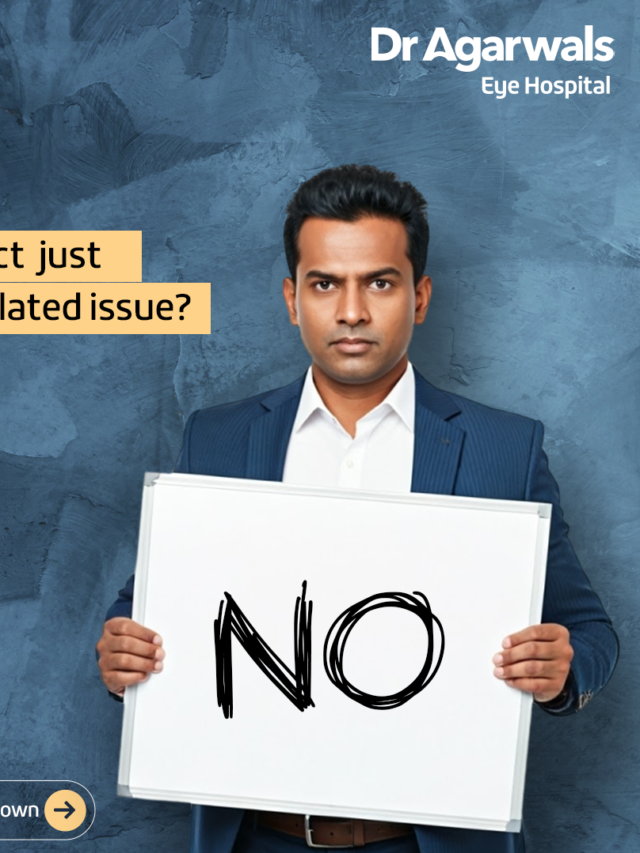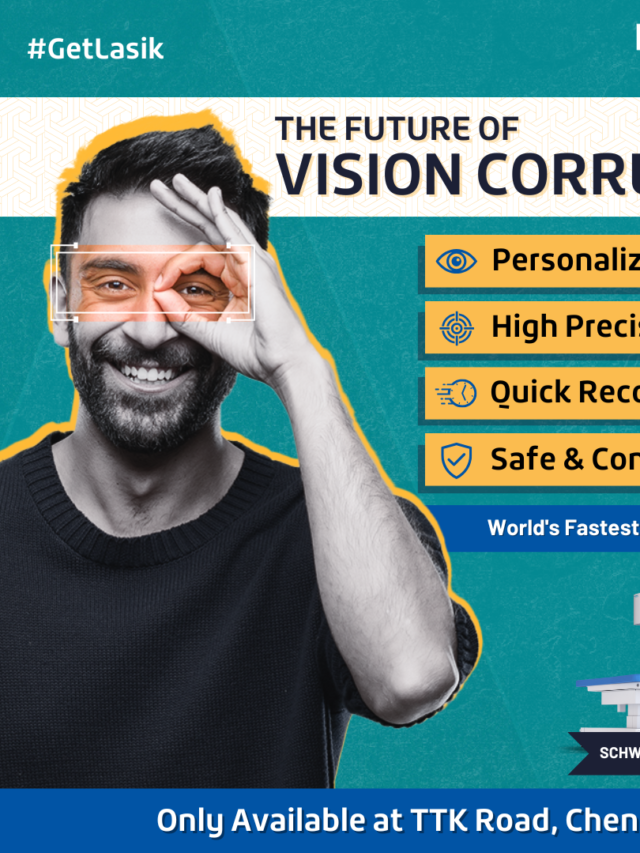Key Takeaways
- Vision therapy is essentially physical therapy for the eyes that uses exercises to help improve eye coordination and visual skills.
- People with poor eye coordination may experience blurred vision, headaches, or have issues reading.
- Vision therapy increases the strength of a person’s eye muscles and corrects alignment, tracking, and convergence.
- Vision therapy is helpful for children with learning issues, athletes, adults who are experiencing strain from digital devices, and individuals recovering from brain injuries.
- Vision therapy does require a commitment of time to do homework exercises at home; exercises may include pencil push-ups or shifting focus.
Our eyes work as a team, synchronized beautifully to help us see the world clearly and comfortably. But what happens when that harmony is disrupted? Eye coordination issues can significantly affect not just vision clarity but also daily tasks like reading, writing, and even balance. Vision therapy is emerging as a powerful solution for enhancing eye coordination, improving visual skills, and transforming lives. Let’s explore how vision therapy works and the profound impact it has on eye coordination.
What is Vision Therapy?
Vision therapy is a specialized, doctor-supervised program designed to improve visual skills and eye coordination through a series of customized exercises and techniques. Think of it as physical therapy for the eyes and brain. Unlike corrective lenses or surgery, which alter how light enters the eye, vision therapy focuses on retraining the brain-eye connection to enhance visual efficiency.
It involves:
- Eye Exercises: Targeted drills to strengthen eye muscles and improve coordination.
- Tools and Equipment: Specialized tools like prisms, lenses, and balance boards.
- Progressive Approach: Gradual difficulty increases as visual skills improve.
Vision therapy is often prescribed by optometrists specializing in behavioral vision care, ensuring personalized treatment plans tailored to each patient’s needs.
The Importance of Eye Coordination
Eye coordination, also known as binocular vision, refers to the ability of both eyes to work together seamlessly to focus on a target and create a single, clear image. Poor eye coordination can lead to challenges such as:
- Blurred or Double Vision: When the eyes fail to align properly.
- Headaches and Eye Strain: Due to extra effort to focus.
- Difficulty with Reading and Writing: Struggling to track words on a page.
- Poor Depth Perception: Affecting balance and spatial awareness.
Without proper eye coordination, everyday tasks can become difficult, leading to frustration and academic struggles, particularly in children.
How Vision Therapy Enhances Eye Coordination
Vision therapy addresses the root cause of eye coordination issues rather than just the symptoms. Here’s how it works:
- Strengthening Eye Muscles: Vision therapy helps improve the control of eye muscles, making them work together more efficiently. Exercises like pencil push-ups and focus shifting can be highly effective.
- Enhancing Visual Tracking: Tracking involves the ability to follow a moving object accurately. Vision therapy improves this skill, which is essential for reading and sports performance.
- Correcting Eye Alignment: For conditions like strabismus (crossed eyes) or amblyopia (lazy eye), vision therapy can help correct the eye’s positioning, promoting better alignment and coordination.
- Improving Convergence Insufficiency: This condition occurs when the eyes struggle to work together at close distances. Vision therapy trains the eyes to converge properly, reducing symptoms like double vision and discomfort.
Who Can Benefit from Vision Therapy?
Vision therapy can be transformative for individuals of all ages, especially those experiencing:
- Children with Learning Difficulties: Often, undiagnosed eye coordination problems can mimic learning disabilities.
- Athletes: Improved eye coordination enhances hand-eye coordination and sports performance.
- Adults with Workplace Strain: Digital eye strain from prolonged screen time can be alleviated with vision therapy.
- Post-Trauma Recovery: Individuals recovering from concussions or brain injuries often experience eye coordination issues that therapy can help address.
Success Stories and Case Studies
The transformative power of vision therapy has been documented through countless success stories:
- Case of a Young Student: A child struggling with reading comprehension due to convergence insufficiency showed remarkable improvement in school performance after completing a vision therapy program.
- Athletic Enhancement: A professional baseball player reported improved batting accuracy and reaction times after undergoing eye coordination exercises.
- Post-Concussion Recovery: An adult recovering from a traumatic brain injury regained the ability to read comfortably, enhancing their quality of life.
These stories highlight how vision therapy goes beyond vision correction—it restores confidence, productivity, and overall well-being.
Vision Therapy Myths Debunked
- “It’s Only for Kids” – While children benefit immensely, vision therapy is equally effective for adults dealing with eye coordination issues.
- “Glasses Can Solve Everything” – Glasses correct refractive errors, while vision therapy addresses functional issues with eye teaming.
- “It’s a Quick Fix” – Vision therapy requires consistency and commitment, often spanning several months for lasting results.
Integrating Vision Therapy into Daily Life
Vision therapy doesn’t end with in-office sessions. Patients are often encouraged to practice eye exercises at home to reinforce progress. Some simple practices include:
- Pencil Push-Ups: Focusing on a moving pencil tip to improve convergence.
- Brock String: A string with beads to train depth perception and eye alignment.
- Focus Shifting: Alternating focus between near and far objects to enhance flexibility.
Eye coordination plays a vital role in how we experience the world. Whether you’re a student, professional, or athlete, optimal visual performance is essential for success and well-being. Vision therapy offers a non-invasive, personalized approach to improving eye coordination, making it a game-changer for those struggling with visual challenges.
If you or a loved one faces issues related to eye coordination, consider exploring vision therapy as a pathway to clearer, more comfortable vision. With professional guidance and commitment, the results can be life-changing.
Seeing the world clearly is more than just a vision—it’s a reality within reach.



